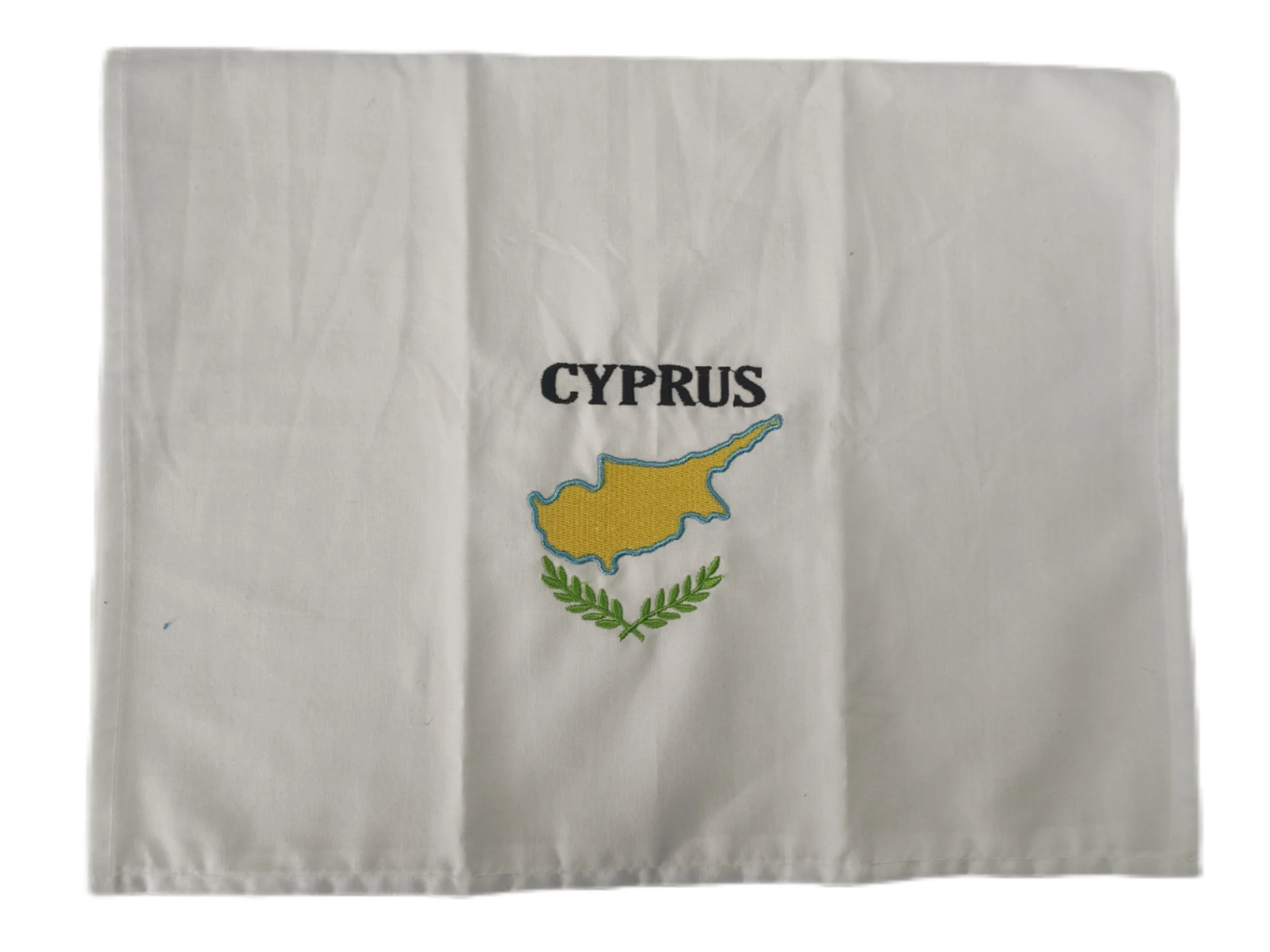Table Linen Manufacturing and Design Solutions for Every Occasion
The Art and Craft of Table Cloth Manufacturing
Introduction
In the world of textile production, table cloth manufacturing stands out as a unique blend of artistry, tradition, and innovation. Table cloths are not just functional items that protect tables; they are also key components in interior decoration, enhancing the ambiance of dining experiences and various occasions. This article delves into the intricate processes involved in the manufacturing of table cloths, the materials used, and the evolving trends in the industry.
Materials Used
The choice of material is fundamental in table cloth production. Common fabrics include cotton, linen, polyester, and blends of these materials. Each fabric has its own set of characteristics catering to different consumer needs.
- Cotton Known for its softness and durability, cotton table cloths are widely popular. They are breathable and can be easily washed, making them ideal for everyday use. - Linen Linen is often associated with luxury. Made from the fibers of the flax plant, it boasts a natural luster and tends to get softer with each wash. Linen table cloths are particularly sought after for formal events due to their elegant appearance.
- Polyester This synthetic option is gaining traction thanks to its resilience and low maintenance requirements. Polyester table cloths are stain-resistant and wrinkle-free, making them perfect for outdoor events and parties.
- Blends Many manufacturers opt for a blend of these materials to combine their benefits. For instance, a cotton-polyester blend provides the softness of cotton with the durability of polyester, creating a versatile product.
Design and Patterns
Once the material is chosen, the design phase begins. This is where creativity flourishes. Manufacturers often collaborate with designers to create patterns that appeal to various customer demographics. Seasonal themes, floral patterns, geometric designs, and solid colors are common choices. Customization has also become a trend, with customers increasingly wanting unique designs that reflect their style or brand.
The finishing touches can include embroidery, lace trims, or printed logos, especially for commercial table cloths used in restaurants or hotels. These embellishments not only enhance the aesthetic value but also provide an opportunity for branding.
Manufacturing Process
table cloth factory

The production of table cloths involves several key steps
1. Sourcing Raw Materials Reliable cotton, linen, and polyester are sourced from suppliers. This quality control step ensures that the final products meet the desired standards.
2. Weaving and Knitting The chosen materials are woven or knitted into fabric. This process can employ various techniques such as twill, satin, or canvas, depending on the texture and look desired.
3. Dyeing and Finishing After the fabric is produced, it is dyed to achieve the desired color. Modern dyeing techniques are environmentally friendly, minimizing the impact on nature. The fabric is then finished through processes like printing, coating, or treating to enhance its durability and appearance.
4. Cutting and Sewing Once the fabric is ready, it is cut to the appropriate sizes for different table shapes (rectangular, round, oval, etc.). Skilled seamstresses sew the edges, ensuring that there are no frayed ends while also applying any additional design elements such as hems or embellishments.
5. Quality Control Before packaging, each table cloth undergoes rigorous quality checks. This ensures that the products are free from defects and meet industry standards.
6. Packaging and Distribution Finally, the finished table cloths are packaged securely for distribution to retailers or directly to consumers.
Trends in the Industry
The table cloth manufacturing industry is constantly evolving, influenced by trends in home decor and fashion. Sustainable practices have gained importance, with more manufacturers opting for eco-friendly materials and production processes. Minimalist designs, neutral colors, and multifunctional table cloths that can be used for both casual and formal occasions are also on the rise.
Conclusion
Table cloth manufacturing is an intricate process that merges art with functionality. As consumer preferences evolve, the industry adapts through innovative designs, sustainable practices, and high-quality materials. Whether it's a casual family gathering or a formal banquet, the right table cloth can elevate any dining experience, making its production an essential aspect of home decor and hospitality. Ultimately, the beauty and practicality of table cloths remain enduring in the tapestry of textile tradition.
-
Hotel Textiles: The Backbone of Luxurious HospitalityNewsJul.15,2025
-
Exploring the World of Home Fashion TextilesNewsJul.15,2025
-
Bedding Textiles: The Perfect Blend of Comfort and StyleNewsJul.15,2025
-
Baby Accessories for Newborns: Essential Items for Your Little OneNewsJul.15,2025
-
Airplane Comfort Accessories: Enhance Your Travel ExperienceNewsJul.15,2025
-
Air Travel Blanket: The Ultimate Comfort for Your JourneyNewsJul.15,2025
- Product Categories
- • Hospital Used Fire Retardant Bedding
- • Hotel Textiles
- • Airline Textiles
- • Hometextiles
- • Infant Cloth
- Quick Links
- • Home
- • Products
- • About us
- • News
- • Contact
- Contact Us
-
Tel: +8631187701449
-
Fax: +86 311 8770 1444
-
E-mail: sale@hometex-suntex.com




